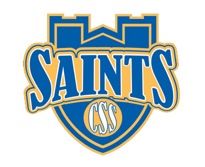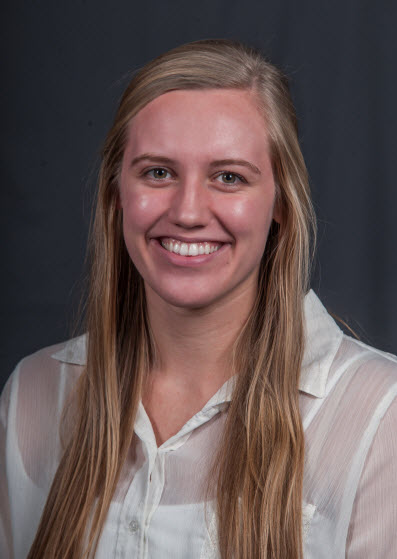Below is a summary of the abstract you submitted. Presenting author(s) is shown in bold.
If any changes need to be made, you can modify the abstract or change the authors.
You can also download a .docx version of this abstract.
If there are any problems, please email Dan at dar78@pitt.edu and he'll take care of them!
This abstract was last modified on May 2, 2018 at 8:23 p.m..

Cluster CR bacteriophages Marietta and Foxboro were isolated using Gordonia terrae CAG3 as part of the SEA-PHAGES program at The College of Saint Scholastica. Genome sequencing of Marietta revealed a 64,370 base pair genome with a 66.1% GC content and CR4 subcluster designation, while genome sequencing of Foxboro revealed a 67,773 base pair genome with a 65.8% GC content and CR2 subcluster designation. Phylogenetic analysis of over 20 actinobacteriophages using MEGA software indicated the both Marietta and Foxboro were most closely related to other phages that infect G. terrae, although GRU1 isolated with G. rubripertincta forms a unique clade with CR1 phages. Marietta and Foxboro are lytic phages, as both produced clear plaques on lawns of G. terrae and genome annotation did not identify lysogeny related genes. Promoter scanning of Foxboro identified 12 putative promoters scattered throughout the intergenic regions of the genome. However, an additional 15 putative promoters were identified between genes 90 and 91, the last two genes on the genome. This is likely an artifact of the unusually high AT rich character of this region, but there is a possibility that multiple promoters exist between these genes. In the Marietta genome, low complexity BLAST searches, along with the DNA Master scan tool and Phamerator, identified a sequence repeat near the 3’ end of the genome. Weblogo analysis of this repeat identified a consensus sequence of ACTTGTCACGGTTAACGTCATCNCGTAACGTCNGCCTCA that occurred 5 times in intergenic regions within the last 10,000 base pairs of the genome. Interestingly, this sequence appears to be a defining feature of the CR4 subcluster, as the repeat is found in all CR4 phages including SuperSulley, BiPaunetto, IDyn, and WhoseManz. Foxboro, a CR2 phage, appears to contain 2 instances of this sequence repeat. This feature is visible with Gepard dotplot analysis and Phamerator comparison maps. A TomTom DNA motif analysis failed to detect a known function of this repeat, although promoter scans detected promoter sequences embedded within the repeat sequence. Finally, both Marietta and Foxboro infections were subjected to tandem mass spectrometry analysis. Liquid infections using each phage were Infections were carried out for 4 hours, then pelleted and subjected to LC-MS/MS analysis. Final sample analysis was not completed in time for abstract submission, but will be ready for presentation at the symposium.


